As you walk through Las Palmas to San Telmo Park, you are sure to be surprised at the small church in the park. The history of the church of San Pedro Gonzáles Telmo, today Parroquia San Bernardo, began in the 16th century. In 1520, a hermitage dedicated to San Pedro González Telmo was built behind the walls of the city of Triana. During the raids of Dutch corsairs led by Pieter van der Doesen, the hermitage was destroyed in 1599.
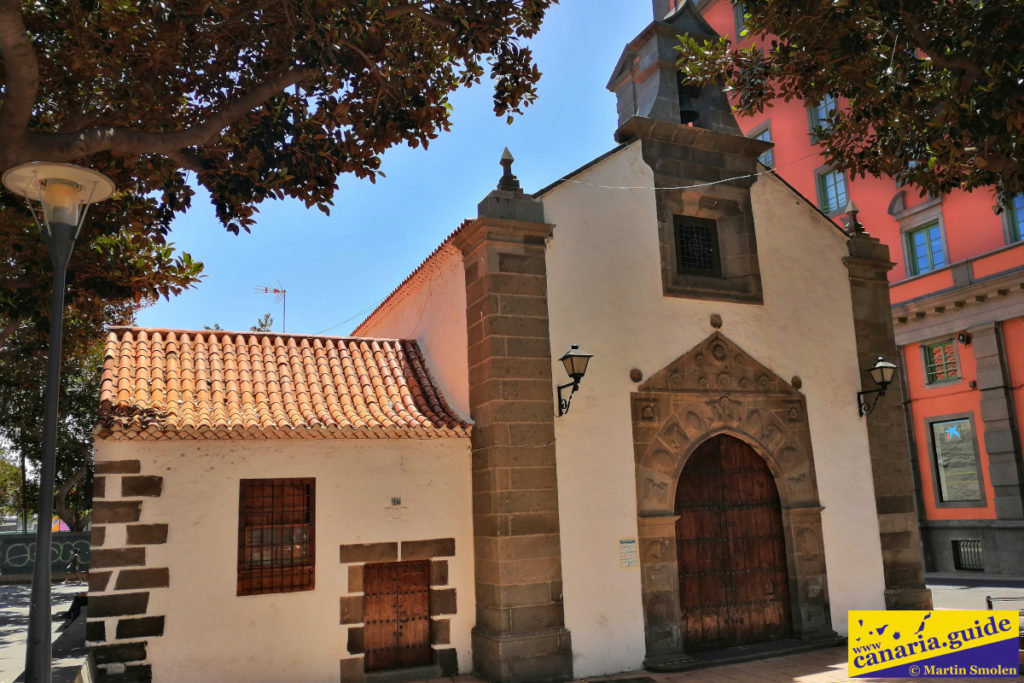
The restoration of the hermitage was taken care of in 1602 by sailors from the Gremio de Mareantes, who used the hermitage as a place of prayer before going on a voyage, as well as a place of thanks for a happy return. However, low-quality materials were used for its construction and the hermitage got into a bad condition for years.
New church
The current appearance, including rich interior decoration, was acquired by the church in the middle of the 18th century. At the end of the 17th century, the Gremio de Mareantes acquired land next to the old hermitage for the construction of a new church. The construction itself did not begin until May 9, 1745. It was completed two years later.
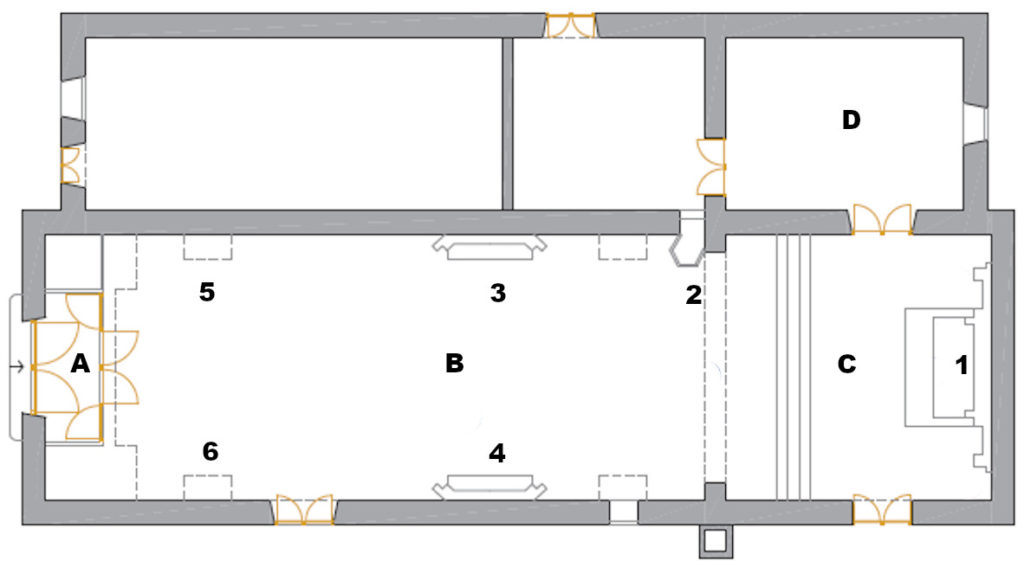
The church looks very simple from the outside. It has a rectangular floor plan, which is divided into two parts inside. The main entrance (A), which is oriented to the west, leads directly to the main nave (B). In it, there is a richly decorated presbytery with a beautiful coffered ceiling (C) separated by a triumphal arch. The ceiling probably has its origins in one of the Portuguese carvings. The dimensions of the church nave are 26.81 x 7.65 meters. On the north side there is a sacristy (D) and parish rooms serving as an archive.
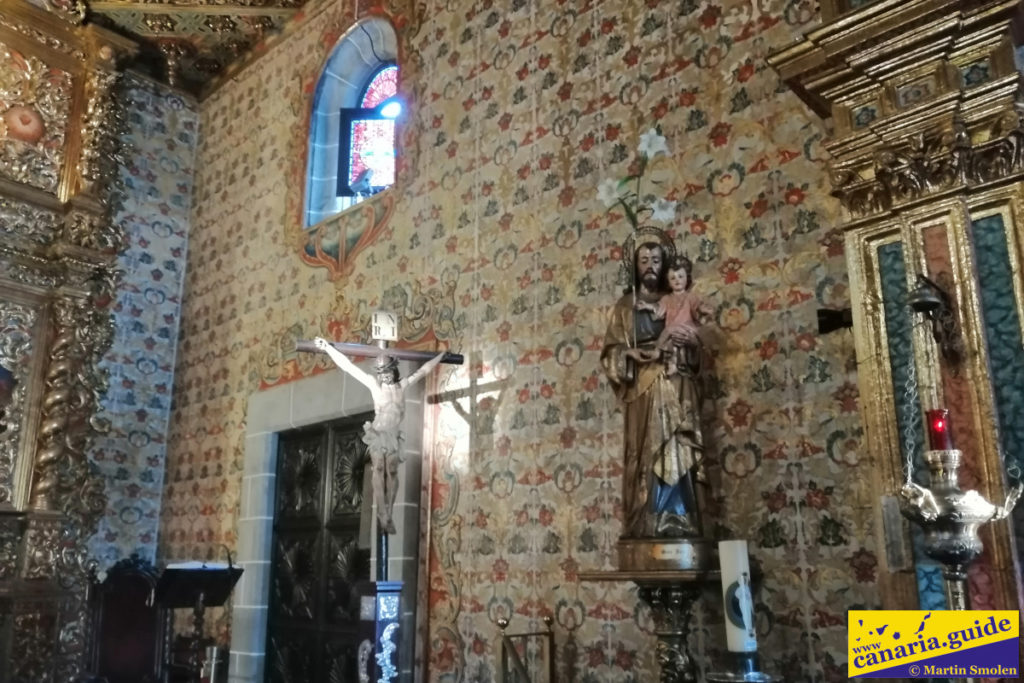
Interior
The dominant part of the presbytery, as well as the whole church, is the main altar (1). The altar depicting the Immaculate Conception (Inmaculada Concepción) consists of a statue of the Virgin Mary and paintings of the archangels of St. Michael and St. Raphael. At the top part of the altar is a picture of the crucified Christ and at the top is a picture of God.
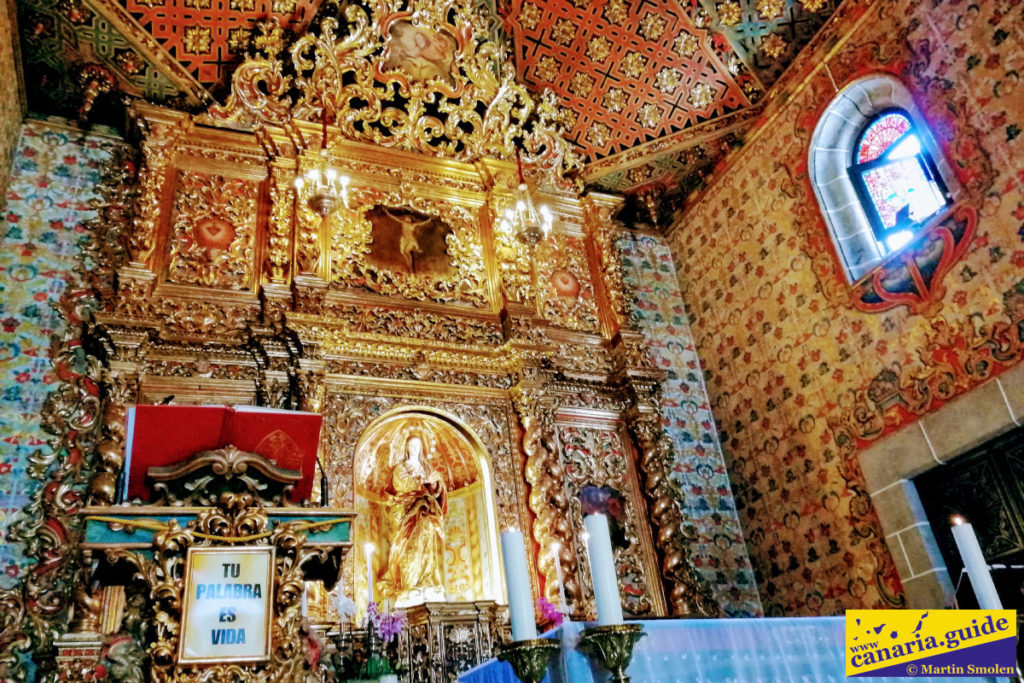
The statue of Mary is 1.6 meters high, made of wood and then plated. The mystery is the creation of the statue. The authorship was originally attributed to the Andalusian sculptor Alonso Cano. Recent research, however, suggests that the author is Pedro Duque Cornejo from Seville.
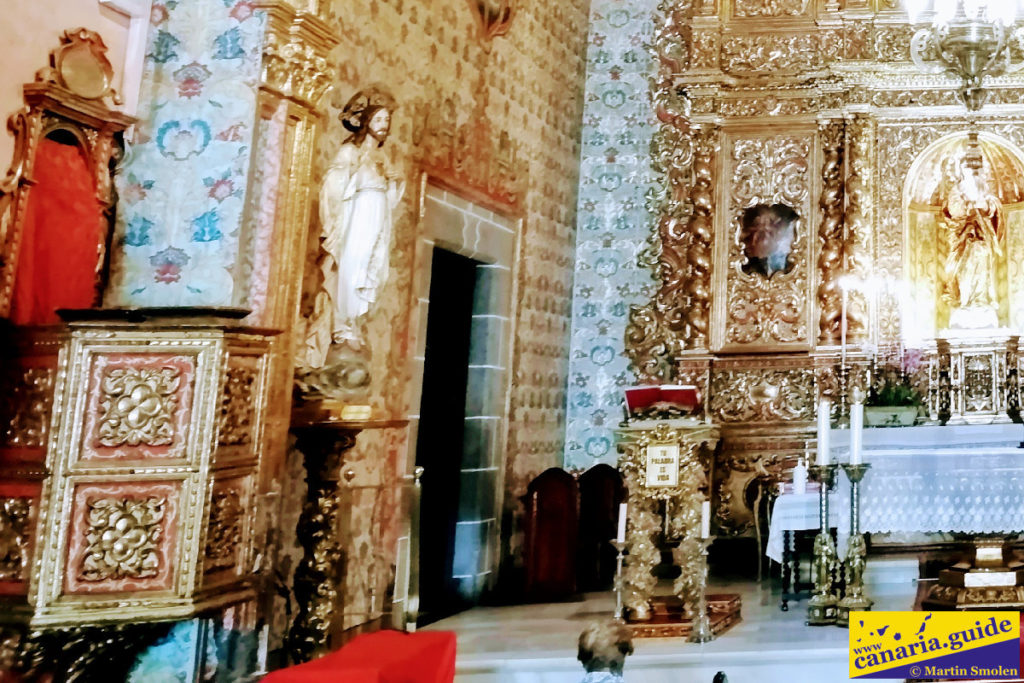
In 1766, the presbytery received its current decoration. At that time, a pulpit was added (2). A triumphal arch was also created. The author of this reconstruction was Agustín Rodríguez.

On the right side of the church there is a baroque altar with a statue of the patron saint San Pedro Gonzáles Telmo (4). The statue of the patron probably dates from the end of the 17th century. It is from an unknown author, but according to the characters it is apparently from the Seville school. In his left hand he holds a gilded silver sailboat with two masts and in his right a silver candle. The author of the sailboat and the candle was the local goldsmith Antonio Padilla. The statue was originally located on the main altar. The statue was transferred from a niche on the main altar in 1781.
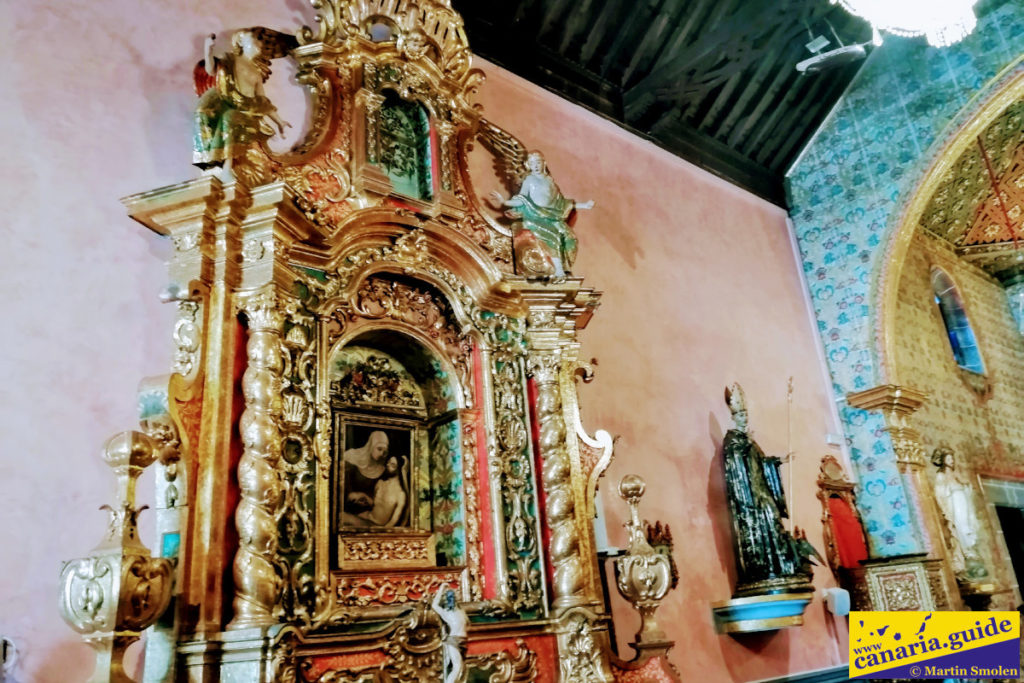
On the left is another altar. It is dedicated to the Virgin of Anguish (Nuestra Señora de las Angustias) (3). In the center there is an iconographic painting Pieta with dimensions 60 x 70 cm painted on wood. This is without a doubt one of the most faithful depictions of Pieta. It is probably a painting from an Italian school, although some attribute it to the Flemish painter of the Spanish Renaissance, Peter Kempeneer. It is also worth mentioning the silver frame in which the painting was mounted. Its author is the already mentioned Antonio Padilla. The painting itself comes from the defunct hermitage of Nuestra Señora de las Angustias and was placed on the altar in 1787.
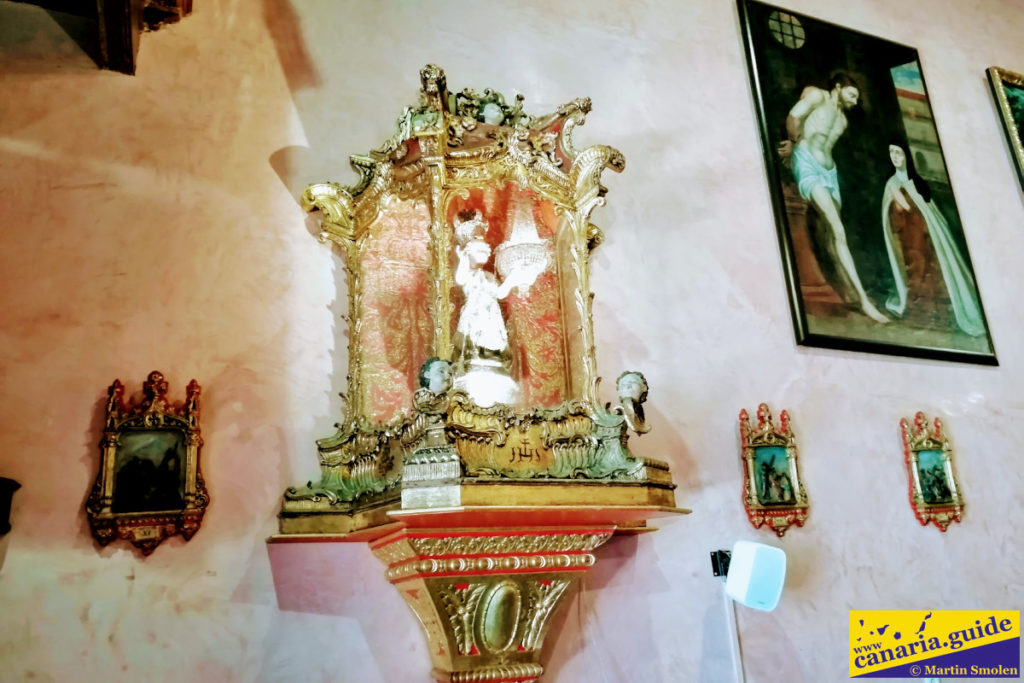
On the left side of the entrance is a statue of the little Jesus (Niño Jesús) (5). It is a precise Baroque statue, which was originally located in the now defunct Franciscan monastery in Las Palmas. The author is believed to be Canarian artist Lorenzo de Campos.
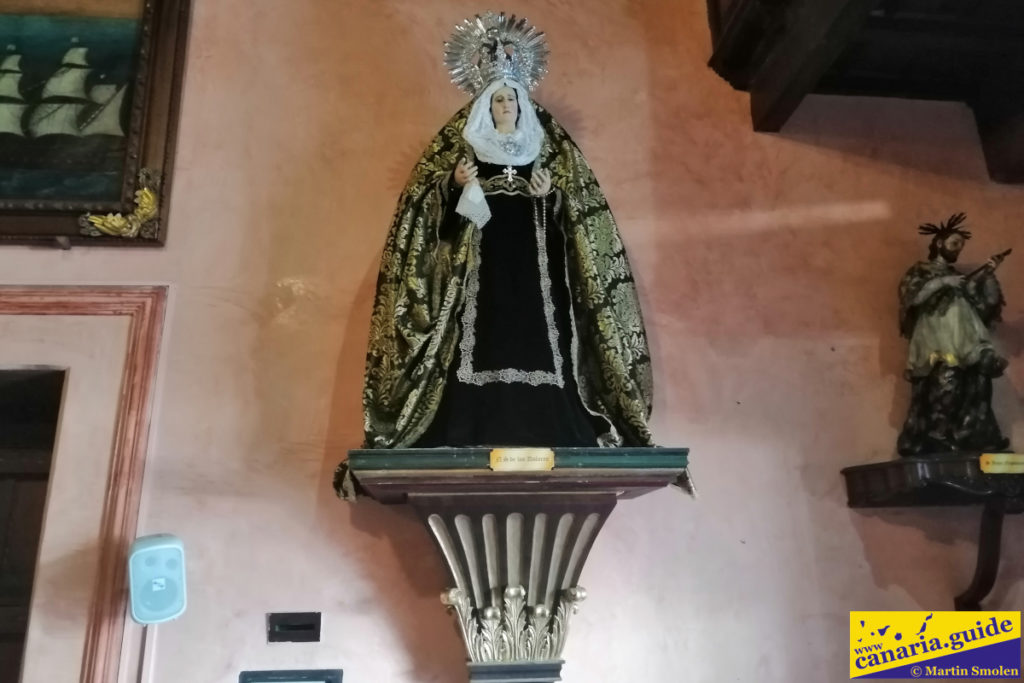
On the right side of the entrance is a statue of the Virgin of Sorrows of Triana (Virgen de los Dolores de Triana) (6). It comes from Madrid and was replaced in 2012.
500 years of history
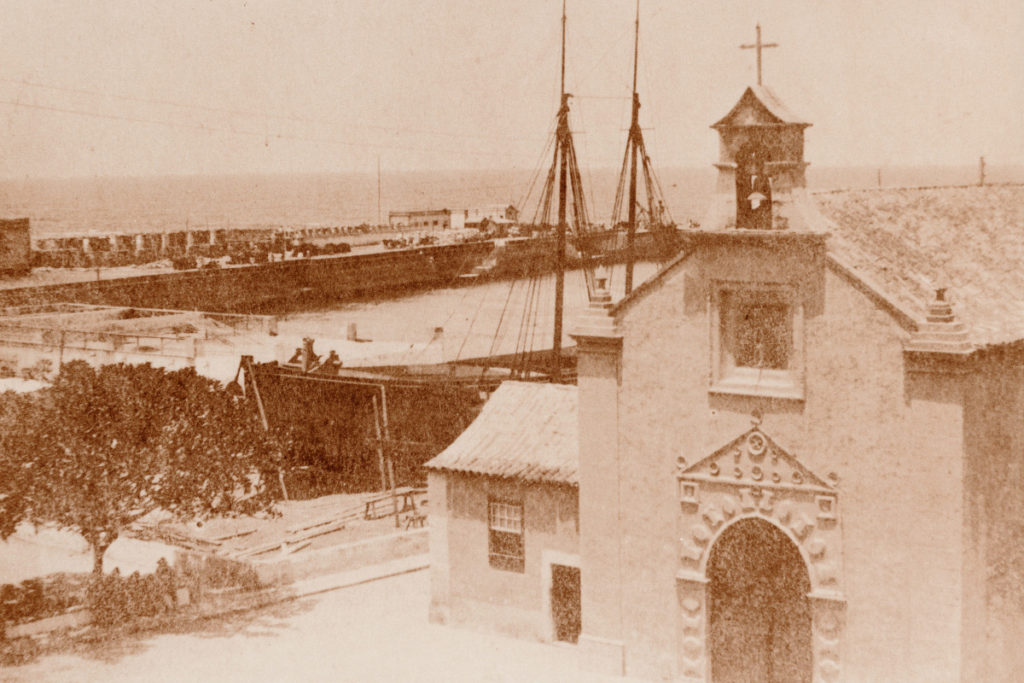
500 years have passed since the construction of the first hermitage. From the hermitage, which in the past was located outside the city, today there is a church in the city center. Once the church was located almost on the shores of the ocean near the pier, today there is a large park and a central bus station.
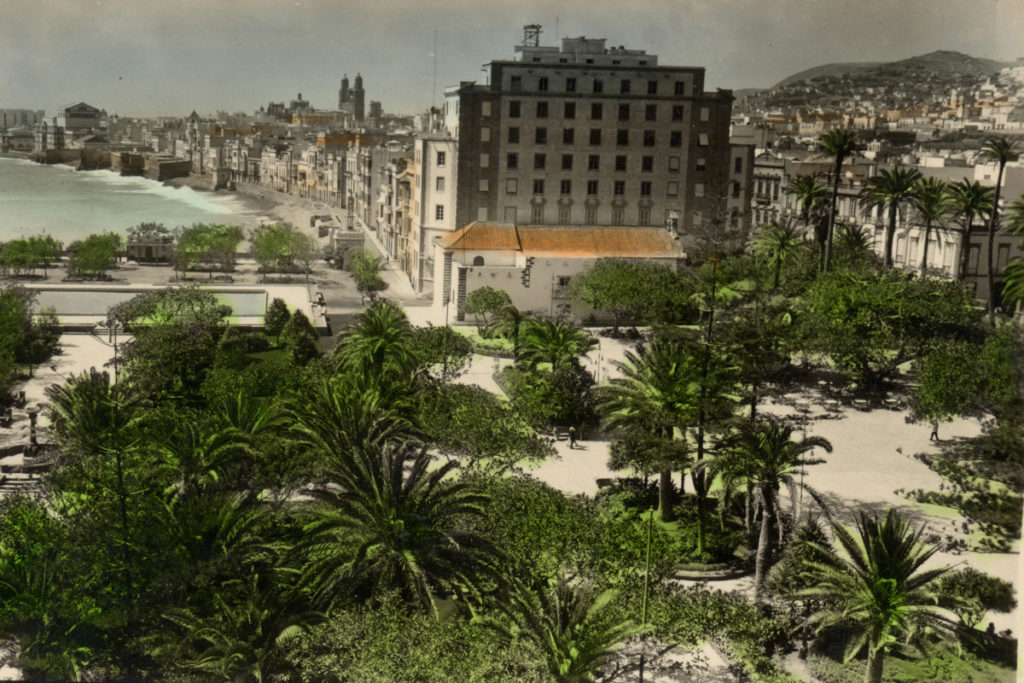
Ermita San Telmo in 1955. (Photo: FEDAC)
Did you like this article, was it useful to you? You can also support the creation of this website by sending any amount to ES08 0049 5735 1122 1616 5370, swift BSCHESMM. Include “Canaria Guide Support” in the note. Thank you for supporting.


